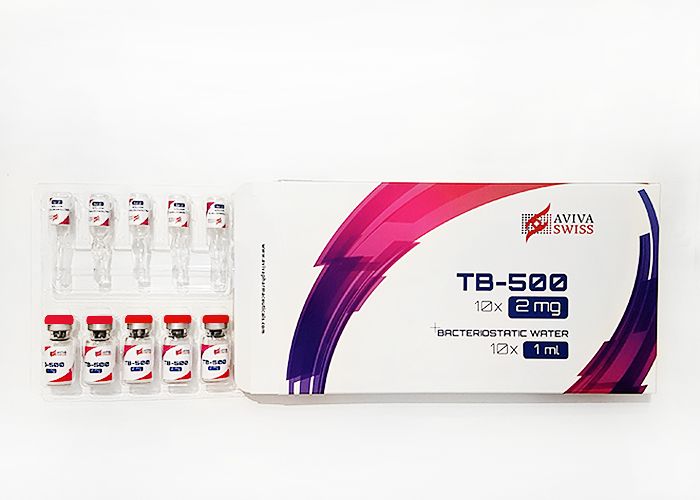
Sony Product Catalogue Variation 7 Use-ip
Main Systems Of Thymosin Β4 Fixing Activity In Dry Eye Problems And Other Cells Injuries Arvo Journals
They typically make use of fat-soluble surfactants for rinse-off; these components permit the fatty components in the formula to mix with water so they rinse off the skin conveniently. Typical selections include solubilizers like Polysorbate 80 and PEG-40 Hydrogenated Castor Oil, and emulsifiers like Emulsifying Wax NF and Olivem 1000. These surfactants do not create fluffy bubbles, however rather make a low, luscious type of lather when the cleansing balm or oil is blended with water-- this is why these items are sometimes marketed as "oil-to-milk" cleansers. Scent oils are commonly a lot more powerful than essential oils; I hardly ever use them above 0.3%, often tending in the direction of 0.1% as a default beginning point. Otherwise, normally talking you want to stick to 1% or less for the face and 2-- 3% or much less for the body. See to it the dish has an oil stage so the essential oils will certainly be appropriately distributed.
How Can I Utilize An Extract As Opposed To A Do It Yourself Infusion Or Hydrosol?
Maintain the immersion blender or food processor head immersed when it's running; don't pump it up and down. If you feel like you need to pump the mixer up and down, that's an excellent indicator your emulsion is thick enough that you need to've quit blending a while earlier. Just make use of the mixer while the solution is slim enough that it'll distribute around the relocating blades quickly. You certainly do not want to use a dust mask whenever you apply eye shadow. In most cases, titanium dioxide can not be conveniently replaced. Zinc oxide works in some applications (like soap), however not all-- particularly not cosmetics!
Your Formula Was Also Slim For The Emulsifier

- If your recipe consists of both water and oil you can compose the distinction with water or oil.
- Using one light service provider oil for an additional most likely will not break the dish.
- I have actually composed a blog post on just how to evaluate resources to assist prevent you from coming under the fear-mongering wormhole that can be the web.
- Sure, that would exercise fine oftentimes (meat, sweet potatoes, water), but it 'd verify deadly in others (chocolate, grapes, garlic, onions).
- Usually, you'll want to couple humectant-rich products with even more emollient/occlusive products to better slow water loss.
You Really Did Not Make Use Of A Full Emulsifying Wax
I would like to say that you do not need to be scared of lye. If the item requires a preservative, that preservative system has actually been meticulously designed and checked to maintain precisely that product. Including additional ingredients can overwhelm or deactivate the preservative system, creating the item to spoil. Additional preservatives might contravene the pre-existing one.
Oil is typically the first choice as crucial oils are oil soluble, but depending on the product you might not intend to change volatile, lightweight important oils with a heavier repaired oil. If your recipe is entirely oils you can change the missing out on important oils with even more of a (preferably liquid) oil already existing in the formula. You'll also intend to consider the maximum and advised usage rates for the specific ingredients.Both soap and surfactants lather/foam and cleanse, yet that's about where the universal similarities stop. Utilizing one for the various other will result in a various final product, so if you make the swap, be gotten ready for the modifications. Carrier (or taken care of) oils are liquid fats-- things like olive oil, coconut oil, almond oil, safflower oil, shea butter, chocolate butter, and so on. Important oils and fragrance oils are extremely, very different from service provider (or fixed) oils. Making this swap will destroy your product and perhaps harm your skin.
